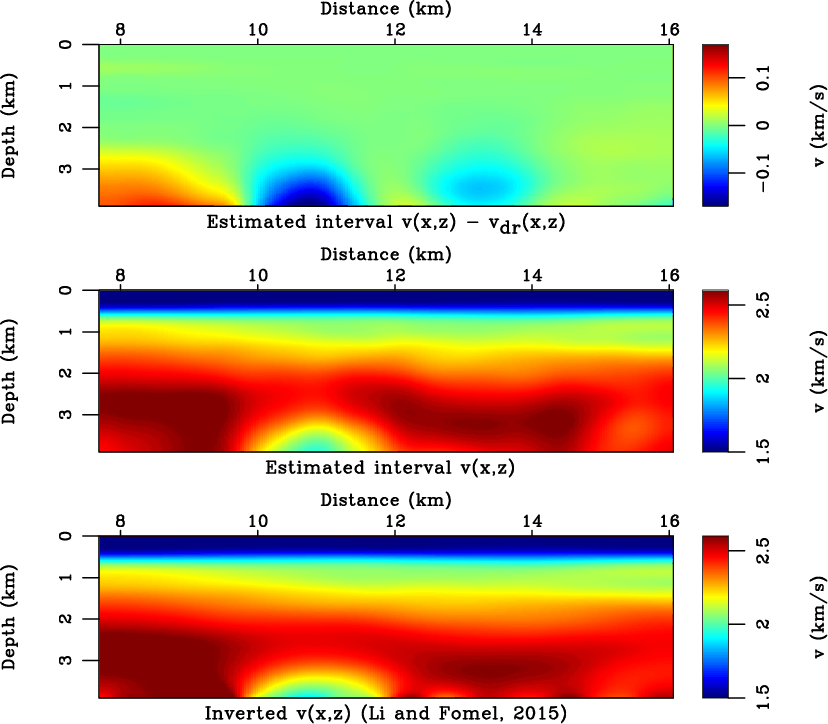A new paper is added to the collection of reproducible documents: Matching and merging high-resolution and legacy seismic images

When multiple seismic surveys are acquired over the same area using different technologies that produce data with different frequency content, it may be beneficial to combine these data to produce a broader bandwidth volume. In this paper, we propose a workflow for matching and blending seismic images obtained from shallow high-resolution seismic surveys and conventional surveys conducted over the same area. The workflow consists of three distinct steps: (a) balancing the amplitudes and frequency content of the two images by non-stationary smoothing of the high-resolution image; (b) estimating and removing variable time shifts between the two images; and (c) blending the two images together by least-squares inversion. The proposed workflow is applied successfully to images from the Gulf of Mexico.
